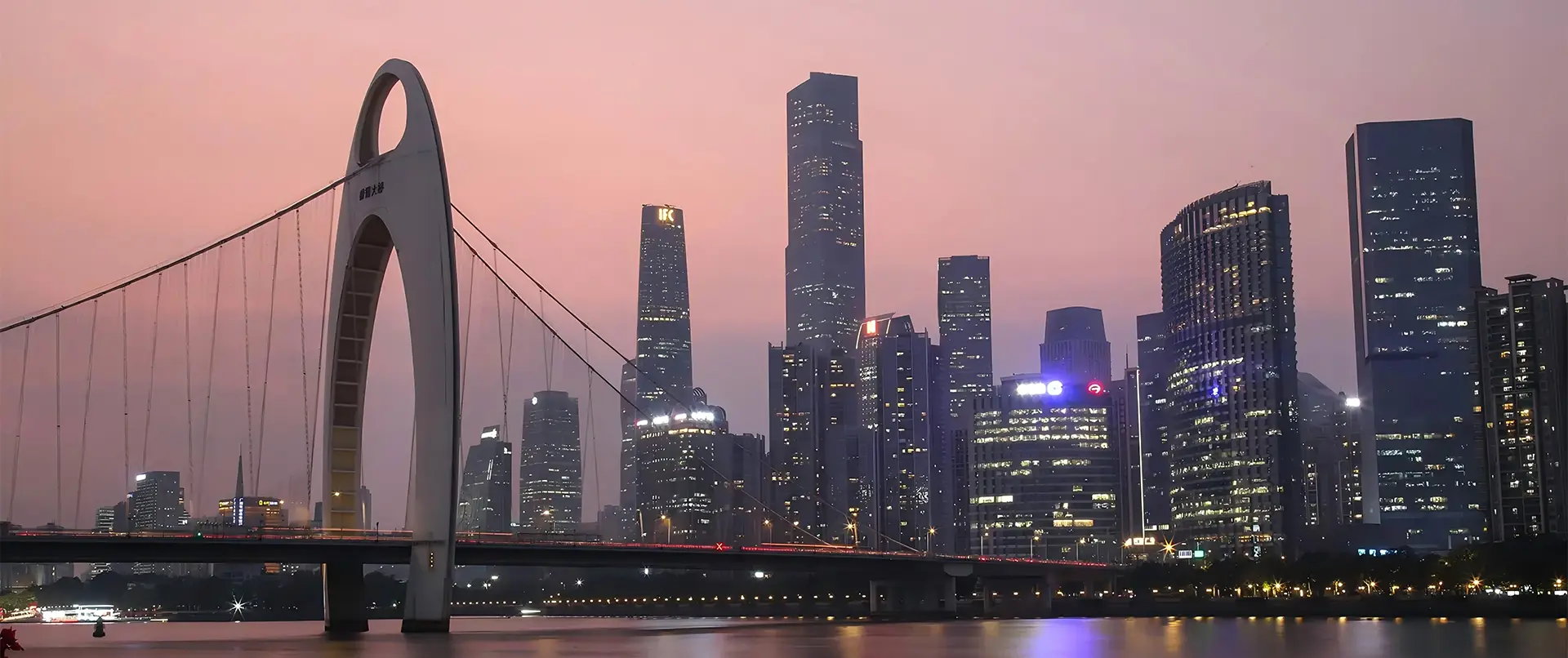Innovative Approaches to Achieve the Best Design Rendering in Your Projects
In the fast-paced world of design and manufacturing, the importance of effective Design Rendering cannot be overstated. As per a recent report by Allied Market Research, the global architectural visualization market is projected to reach $4.2 billion by 2026, underlining a surging demand for high-quality visual representations in design projects. Innovative approaches to achieving the best design rendering are essential for standing out in a competitive landscape, particularly as technologies like virtual reality and 3D modeling evolve. Embracing advanced manufacturing capabilities from world-class Chinese factories offers a unique strategic advantage, ensuring that designs transition seamlessly from concept to production. This blog will explore cutting-edge techniques and tools that can significantly enhance your design rendering processes, ultimately leading to superior project outcomes and client satisfaction.

Strategies for Enhancing Design Renderings in Global Manufacturing Projects
In the world of global manufacturing, achieving stunning design renderings is vital for communicating ideas and engaging stakeholders. To enhance your design rendering process, consider utilizing advanced software that allows for real-time visualization. Leveraging tools such as 3D modeling and VR can help your team visualize concepts more dynamically and make informed design decisions early in the process.

Tip: Invest in training for your team to become proficient in these technologies. Regular workshops and practice sessions can significantly boost their skill set, thus improving the overall quality of your renderings.
Collaboration plays a crucial role in refining design renderings. Involve multidisciplinary teams early in the project to gather diverse insights and feedback. This collaborative effort can lead to innovative solutions that elevate your designs.
Tip: Establish a structured feedback loop throughout the design process. Regular reviews and critiques can help identify potential issues and improve the final output, ensuring everyone is aligned with the project goals.
Leveraging Technology to Transform Design Visualization in Manufacturing
In the rapidly evolving world of manufacturing, leveraging technology for design visualization has become essential for achieving outstanding project outcomes. Advanced tools like augmented reality (AR) and virtual reality (VR) are transforming the way designers and engineers visualize their concepts. By simulating real-world scenarios, these technologies enable teams to identify potential issues early in the design process, leading to more efficient manufacturing workflows.
**Tips for Implementing Technology in Design Visualization:**
- **Utilize 3D Modeling Software:** Incorporate advanced 3D modeling software to bring designs to life. This allows for better analysis and modification of the designs before they reach the production stage.
- **Engage Stakeholders through AR/VR:** Use AR and VR technologies to present your designs to stakeholders. Interactive visualizations can facilitate understanding and increase engagement, making collaboration smoother and more effective.
- **Integrate Feedback Loops:** Establish an iterative feedback system that uses technology for continuous improvement. This ensures that any design changes can be visualized and assessed in real-time, adapting swiftly to new ideas or challenges.
By adopting these innovative approaches, manufacturers can push the boundaries of design rendering, ultimately leading to higher quality products and more streamlined processes.
Innovative Approaches to Achieve the Best Design Rendering in Your Projects
| Technology | Application Area | Benefits | Challenges |
|---|---|---|---|
| 3D Printing | Prototyping | Rapid prototyping and cost reduction | Material limitations and finish quality |
| Virtual Reality (VR) | Design Visualization | Enhanced spatial awareness and design iterations | High setup costs and user training |
| Augmented Reality (AR) | Client Presentations | Interactivity and improved client engagement | Device compatibility issues |
| Computer-Aided Design (CAD) | Detail Design | Precision and efficiency in design | Steep learning curve for new users |
| Simulation Software | Stress Testing | Identifying potential design failures | Complexity and computational resource demands |
Understanding the Impact of Materials on Design Rendering Quality
The choice of materials plays a pivotal role in the quality of design renderings, influencing not only aesthetics but also realism and functionality. When designers select materials, they must consider properties such as texture, reflectivity, and color, as these factors directly affect how light interacts with surfaces in a digital environment. For example, a matte finish will absorb light differently compared to a glossy surface, creating distinct visual outcomes. Thus, understanding material characteristics enables designers to create more accurate and compelling representations of their visions.
Moreover, advancements in rendering technology have made it possible to simulate materials with remarkable fidelity. Tools such as physically-based rendering (PBR) enable designers to apply real-world material behaviors in their renderings. This technology helps to portray the subtleties of materials, such as translucency in glass or the warmth of wood grain. By leveraging these innovative approaches, designers can elevate their projects, ensuring that the material choices they make enhance the overall impact of the design rendering while accurately conveying their intent to clients and stakeholders.

Best Practices for Collaboration Between Designers and Manufacturers
Effective collaboration between designers and manufacturers is essential for achieving the best design rendering in any project. By fostering an open line of communication, both parties can ensure that design intentions are clearly understood and translated into the final product. This collaborative approach begins at the project's onset, where regular meetings and brainstorming sessions can align expectations and establish a united vision. Utilizing collaborative tools, such as shared software platforms, allows for real-time feedback and iterative improvements, which can significantly enhance the design process.
Additionally, understanding the manufacturing capabilities and constraints is crucial for designers. By engaging manufacturers early in the design phase, designers can create more feasible and innovative solutions that leverage available technologies and materials. This not only streamlines the production process but also minimizes costly revisions later on. Ultimately, cultivating a partnership built on mutual respect and shared goals leads to higher quality outcomes and a more efficient workflow, ensuring that both design aesthetics and practical functionality are optimally balanced.
Case Studies: Successful Design Renderings from Top Global Factories
Case studies showcasing successful design renderings from top global factories reveal the powerful impact of innovative approaches in the design process. According to a recent report by Grand View Research, the global architectural visualization market is expected to reach $2.9 billion by 2027, driven by the growing demand for high-quality design renderings. This trend highlights the necessity for factories to adopt cutting-edge techniques for effective visual communication.
One exemplary case is the implementation of virtual reality (VR) technologies by leading design firms. By allowing clients to immerse themselves in 3D environments, these firms significantly enhance the decision-making process. A study published by the International Journal of Creative Business and Management indicates that companies that integrated VR into their workflow reported a 40% increase in client satisfaction.
**Tip:** Consider incorporating mixed media into your renderings. Using a combination of 2D graphics, 3D models, and animations can create a richer narrative, making your designs more engaging for clients.
Another innovative strategy involves using AI-powered software for rendering. These tools streamline workflows and reduce production times by up to 50%, according to a report by Forrester Research. Adopting such technologies allows design professionals to offer quicker turnaround times without compromising quality.
**Tip:** Keep up with the latest software updates and innovations. Regularly investing in training your team on new tools can significantly improve both the quality of renderings and the efficiency of your design processes.
Innovative Approaches to Achieve the Best Design Rendering in Your Projects
This chart illustrates the effectiveness of different design rendering techniques used by various top global factories in achieving compelling design outcomes. The metrics represent the average customer satisfaction scores based on design renderings from these factories over the past year.


